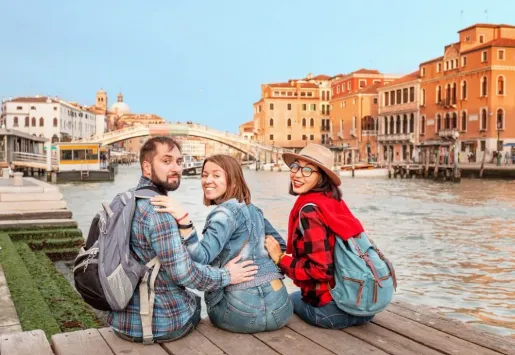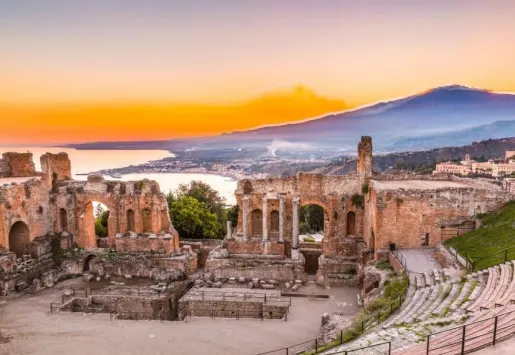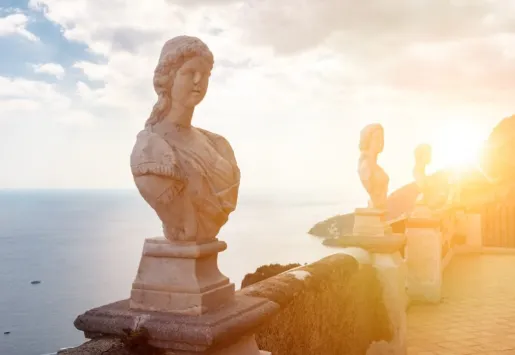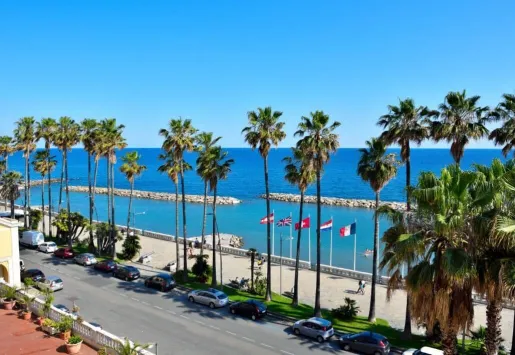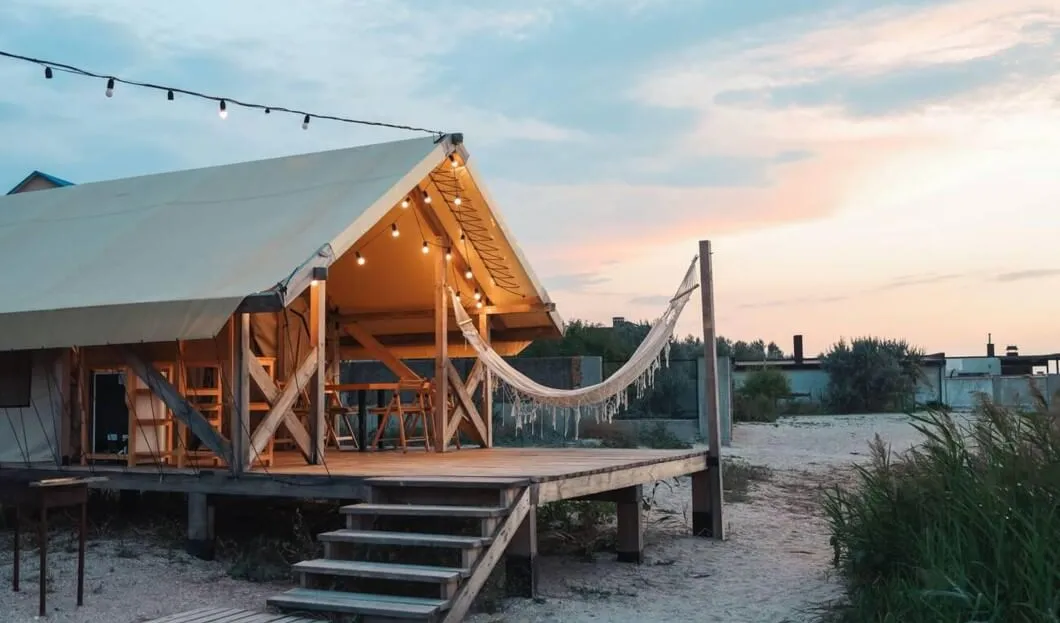
Glamping is more than just a luxurious vacation- a business that values and respects nature and its environment. The "glamorous" options camping villages provide are always mindful of their surroundings and utilize sustainable materials.
This type of camping merges fashion with nature. The term "glamping" originated in Great Britain in 1950 and combined the words "glamour" and "camping."
Glamping, a trend that has exploded in recent years
Although not a new concept for European campers, the glamping trend has skyrocketed in recent years and set record figures. According to Risposte Turismo's data, glamping grows by 10% yearly. The current pandemic period played a significant role in this trend's rise. The rule that allowed mainly outdoor activities has encouraged those who love open-air holidays to opt for glamorous camping as a solution. This trend is expected to continue in the coming seasons.
Glamping offers a luxurious vacation experience and prioritizes nature and its surroundings. The opulent options provided by glamping campsites blend seamlessly with the environment, and lodges and mobile homes are constructed using sustainable materials. While camping already provides relaxation and wellness benefits, glamping takes it a step further by offering eco-friendly and well-designed accommodations.
A 22-million-euro business
Glamping in Italy is a thriving tourism segment, generating 22 million euros annually, a substantial increase from the pre-pandemic period in 2018 when turnover was 13 million euros. Italy has approximately 295 glamping sites, including traditional structures like campsites or farmhouses. Tuscany has the most, with 77 locations, followed by Piedmont with 30 locations and Veneto with 27.
According to Risposte Turismo's data, there are approximately 10,000 total glamping beds in various regions, averaging around 479 beds per region. Tuscany maintains the highest number of beds, with about 3,400, Molise has only 10 beds in a single structure, and Basilicata has 8 beds in 2 structures.




